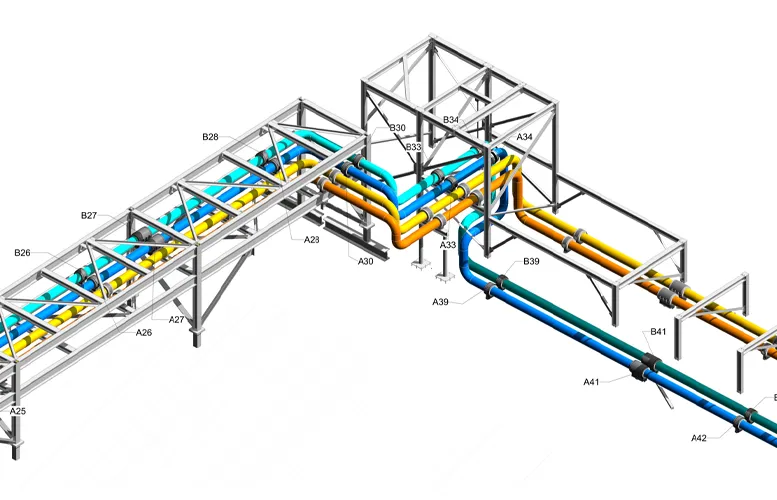For many caregivers, ensuring that those they support can move safely and comfortably is one of the most important aspects of daily care. Whether it’s helping an elderly family member use a mobility aid or managing the maintenance of specialised transport equipment, the goal remains the same — to enhance independence while preserving safety and dignity. The engineering principles that underpin these tools are often overlooked, yet they make an enormous difference in how smoothly and safely they function.
Mobility devices such as wheelchairs, patient hoists, and home transfer systems rely on stable structures and flexible joints that handle repetitive movement without causing discomfort. These design details may seem small, but they form the backbone of safe caregiving environments. When a caregiver understands the importance of properly maintained and ergonomically sound equipment, they can prevent strain, reduce accidents, and extend the lifespan of valuable aids.
Engineering Meets Caregiving
Engineering innovation plays a critical role in creating reliable assistive devices. Designers aim to combine lightweight materials, easy movement, and durable mechanical parts. This ensures that whether the device is supporting a person’s body weight or allowing gentle manoeuvring, it maintains its integrity over time. Caregivers who perform routine equipment checks—such as tightening bolts, cleaning pivot points, and ensuring parts move freely—help preserve that engineering precision.
One often unseen component in mobility-related machinery is the flexible joint or compensator system that absorbs movement, vibration, or expansion within tubing or support structures. In advanced designs, components like expansion bellows are used to handle pressure changes and allow movement without transferring stress to the rest of the system. In caregiving-related devices, this principle translates to smoother operation and improved safety when equipment adjusts to different weights or positions.
Preventing Strain for Caregivers
Beyond the engineering, proper ergonomics are vital. Many caregivers suffer from back pain or repetitive strain injuries caused by incorrect lifting or poorly designed equipment. It’s not just about strength—it’s about balance, leverage, and posture. Learning how to use mechanical assistance effectively can prevent injury and allow the caregiver to focus on compassionate care rather than physical discomfort.
Manufacturers now integrate features such as hydraulic lifts, powered movement controls, and adjustable handles into their equipment designs. These advancements are driven by an understanding that caregiving requires long-term physical endurance. A smoother, more controlled mechanism benefits both the caregiver and the individual receiving care.
Maintenance as a Form of Care
Maintenance might not sound like a form of caregiving, but in reality, it’s one of the most powerful ways to protect those in your care. Regular inspections, lubrication of moving parts, and timely replacement of worn components can prevent mechanical failure at critical moments. Caregivers should follow manufacturer schedules and, when possible, document maintenance dates.
By viewing maintenance as an extension of care, caregivers contribute to a safer and more reliable environment. It’s not just about avoiding breakdowns—it’s about showing foresight and respect for the individual’s well-being.
Technology and Innovation in Support Systems
Recent years have seen major progress in mobility technology. Smart wheelchairs, remote monitoring systems, and adjustable home aids have transformed how care is delivered. These devices often include embedded sensors and software that track movement and comfort levels, allowing caregivers to make data-driven adjustments.
There’s also a growing emphasis on sustainability. Engineers are exploring recyclable materials and energy-efficient motors that reduce environmental impact without sacrificing strength or performance. These innovations not only improve user comfort but also align caregiving with broader global goals for responsible production and energy use.
Looking Ahead
As the global population ages, the demand for effective caregiving tools will continue to grow. By blending compassion with mechanical understanding, caregivers can become more confident and capable in their roles. Each piece of equipment, from a small hinge to a motorised lift, is a silent partner in the caregiving process—working behind the scenes to make every movement smoother and safer.
The future of caregiving lies not only in empathy but in awareness—of technology, of design, and of the many unseen systems that keep our loved ones comfortable and secure. By appreciating how engineering principles apply to everyday care, we move closer to a world where safety and compassion work hand in hand.
